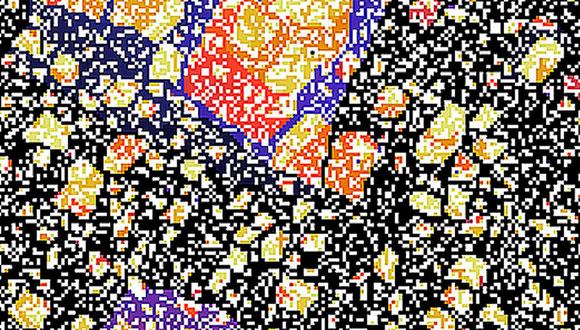Biological & Soft Matter Seminar: On a new concept for the physical basis of biolocial communication. Pulses, Fluctuations and Non-linearities (Transitions)
Matthias F. Schneider, Technical University of Dortmund
Abstract:
Life is full of hydrated interface that all have to obey the 2 nd Law. The enormous power of this approach and it’s consequences for life were first pointed out by K. Kaufmann starting in the late 80ties when following Einstein’s approach to thermodynamics. This work is strongly inspired by his work.
From a thermodynamic state to (biological) function. With Einstein’s approach one finds, that state and state changes regulate morphological transitions, interface conductivity and catalytic rates etc.. Importantly, this mind set is in strong contrast to the molecular/structural approach.
On a physical basis of communication in general. I also demonstrate that pulses that propagate in such interfaces can modulate the activity of enzymes and hence integrate the corner stone of biochemistry into a physical approach. While one enzyme may “send” a pulse another acts as a “receiver”.
This is in striking contrast to all known biological communication models where diffusion is the key element in the transport process (e.g. Lefkowitz, Nobel lecture 2012).
On Nerve Pulse Propagation. We demonstrate that the waves observed can be driven into a non-linear regime, where excitation becomes specific, i.e. only occurs over a critical threshold of the stimulus. The striking similarity with the nervous impulse is in support of Kaufmann and Heimburg’s theory.
Specificity. Finally I present a model where specificity arises from physics/thermodynamics. Transitions/Non-linearities (of all kinds) are the key.
Specificity does NOT need to be introduced by structural compatibility (lock & key), but arises naturally from thermodynamics. This is in the spirit of Einstein’s approach.
In conclusion: Excitation, Propagation and Fluctuations are all consequences of the 2nd Law (Kaufmann) and lead to the integration of localized functions (e.g. conductivity or catalysis) by physical principles.
Seminar Organizer: Guy Yaacoby


